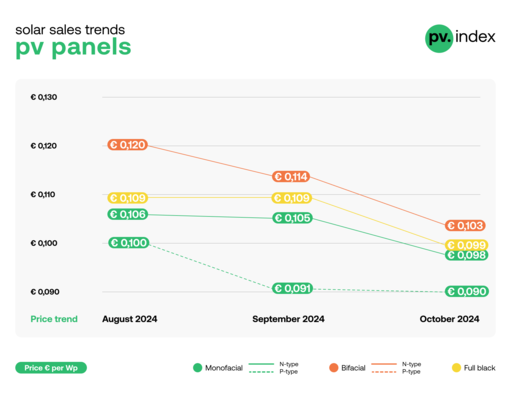Over the period 2022 to 2027, renewables will grow by nearly 2,400 gigawatts in the main forecast of the International Energy Agency's latest renewable energy report, equivalent to the total installed power generation capacity of China today. This is an 85 per cent acceleration over the past five years and almost 30 per cent more than forecast in last year's report. "This is our largest upward revision to date," the IEA says.
Renewables will account for over 90 per cent of global electricity capacity additions over the forecast period. The upward revision is mainly due to China, the European Union, the United States and India implementing all existing policies and regulatory and market reforms, but also faster than expected new reforms in response to the energy crisis. China's 14th Five-Year Plan and market reforms, the REPowerEU plan and the US Inflation Reduction Act, are the main drivers of the revised forecasts.
38 per cent renewables worldwide by 2027
Renewables will become the largest source of global electricity generation by early 2025, surpassing coal. Their share of the electricity mix is projected to increase by ten percentage points over the forecast period, reaching around 38 per cent in 2027. Renewables are the only source of electricity generation whose share is expected to grow, while the shares of coal, natural gas, nuclear energy and oil are declining.
See also from the IEA: Global energy crisis as historic turning point
Electricity generation from wind and solar will more than double over the next five years and will account for nearly 20 per cent of global electricity generation in 2027. These variable technologies account for 80 per cent of the global increase in renewable generation over the forecast period, requiring additional sources of flexibility for the power system. Plannable renewables, including hydropower, bioenergy, geothermal and concentrated solar power, lag behind the high pace of wind and solar expansion, despite their critical role in integrating wind and solar PV into global power systems.
The installed power generation capacity of photovoltaics will surpass that of coal by 2027. It will then be the largest in the world. Cumulative PV capacity almost triples according to the IEA forecast, growing by almost 1,500 gigawatts over this period and surpassing natural gas by 2026 and coal by 2027. Annual PV capacity additions increase in the next year for the next five years. Despite the current higher investment costs due to high commodity prices, solar PV is the most cost-effective option for new electricity generation in the vast majority of countries worldwide. Isolated PV installations such as solar panels on rooftops will help consumers save money on their energy bills due to higher retail electricity prices and increasing policy support.
Wind capacity almost doubles by 2027
Global wind capacity almost doubles, with offshore projects accounting for a fifth of the growth. Over 570 gigawatts of new onshore wind capacity is expected to come online in the 2022-27 period. However, onshore wind additions will not break the annual record set in 2020 until the end of the forecast period - due to lengthy permitting processes and lack of grid infrastructure improvements. Offshore wind growth is accelerating globally, while Europe's share of installed offshore capacity falls from 50 per cent in 2021 to 30 per cent in 2027, as China's provincial policies support faster expansion and the United States becomes a significant market by the end of the forecast period.
Also interesting: The EU and Germany support coal phase-out in South Africa
Andreas Kuhlmann, CEO of the German Energy Agency (Dena), said that contrary to past fears, the planned global expansion of a hydrogen economy is also a strong driver for the expansion of renewables. "This is not only an opportunity for industrialised countries that rely on hydrogen and its derivatives. It's also an opportunity for many countries in the global South: provided the right decisions are made on the ground that benefit the producing countries in particular, and not just the importing countries." (nw/mfo)







